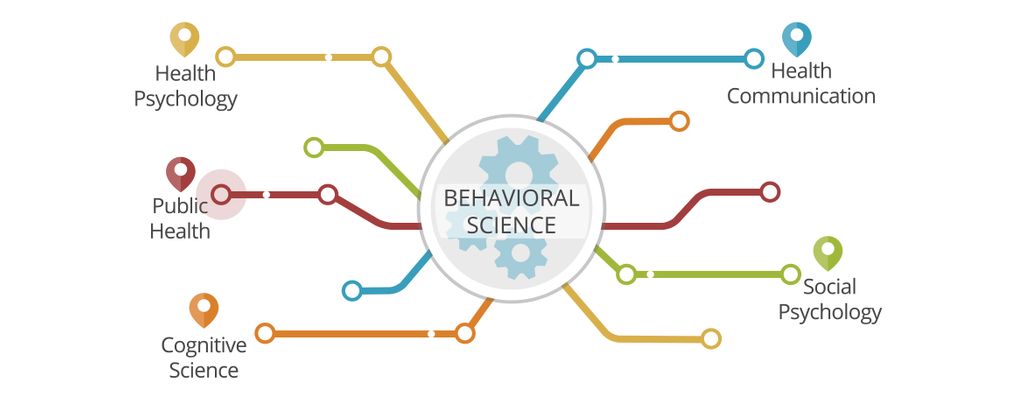
Nudging Behaviour
Nudging is a behavioral economics concept that involves using subtle cues or interventions to influence people's decisions and behavior. The idea behind nudging is that people often make choices that are not in their best interests due to various biases or cognitive limitations. By providing gentle nudges, policymakers, marketers, and other decision-makers can steer people towards better choices without limiting their freedom or options.
One of the key principles of nudging is that small, low-cost interventions can have a significant impact on behavior. For example, placing healthy snacks at eye level in a cafeteria can increase their consumption, while making them less visible can decrease consumption of unhealthy snacks. Similarly, displaying the energy usage of household appliances can nudge people towards choosing more energy-efficient options. By making small changes to the environment or the way information is presented, nudging can help people make better choices without relying on traditional forms of persuasion or coercion.
I don't think history will ever be a science because history will never be reduced to law-like behaviour. People are to unpredictable.
-- David Brooks
Another important aspect of nudging is that it is often designed to be non-intrusive and non-threatening. Unlike traditional forms of persuasion or regulation, nudging does not involve imposing penalties or incentives. Instead, nudges work by leveraging people's cognitive biases and heuristics to gently steer them towards better choices. This means that nudging can be more effective than other forms of intervention, as people are less likely to resist or react negatively to the nudges.
Nudging can be used in a wide range of contexts, from healthcare and education to finance and environmental sustainability. In healthcare, for example, nudges can be used to encourage people to take their medication regularly or to adopt healthier lifestyle habits. In education, nudges can be used to promote attendance or to encourage students to engage in more productive study habits. In finance, nudges can be used to promote savings and retirement planning, while in environmental sustainability, nudges can be used to promote energy conservation and reduce waste.

Despite its potential benefits, nudging is not without controversy. Critics argue that nudges can be manipulative and can undermine people's autonomy and free will. Others argue that nudges can be too simplistic and may not take into account the complex social and cultural factors that influence behavior. To address these concerns, proponents of nudging emphasize the importance of transparency, accountability, and ethical considerations in the design and implementation of nudges.
In conclusion, nudging is a powerful tool for influencing behavior and promoting positive outcomes in a wide range of contexts. By leveraging people's cognitive biases and heuristics, nudges can steer people towards better choices without limiting their freedom or options. However, it is important to approach nudging with caution and to ensure that it is implemented in a transparent and ethical manner. Ultimately, nudging is just one of many tools in the behavioral economics toolbox, and its effectiveness will depend on a range of factors, including the context, the target audience, and the specific nudge design.






